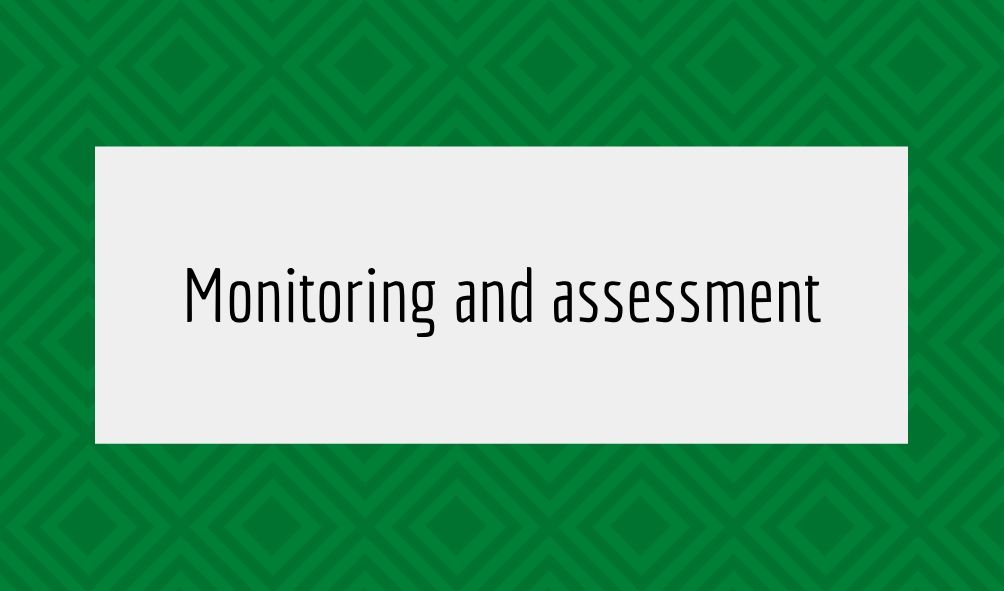
You are kindly invited to use the table of content on your right to navigate.
Assessment and Monitoring is an essential component of VET GOOD MULTILEVEL GOVERNANCE. Without monitoring, the momentum for change will not be maintained and key elements of reform will be neglected in favour of what is easy, omitting elements that are essential for successful reform.
Assessment and monitoring refers to complementary tasks that are part of a virtuous cycle of reform. The cycle starts with assessment based on a framework that enables analysis of the system and reflection on what should be done to improve it. Typically, this leads to the elaboration of a roadmap or plan of actions to be undertaken, the objectives of which explicitly refer to the assessment framework. Progress is then monitored on a regular basis using self-assessment (s), with a formal independent assessment taking place at least once every two years. Ideally, this involves discussions with peers concerning problem solving and the exchange of good practice, and is carried out with the help of independent experts from other countries in the region or from the EU. Assessment plays a dual role, as an input into the design of reforms to be put in place and as a means for checking on the implementation of those reforms. This entire cycle is the responsibility of the ministry in charge of overseeing the VET system. A national monitoring committee manages the overall process. They should coordinate inputs from other public and non-governmental actors.
The current ETF system is the culmination of work carried out in the GEMM project on Governance for Employment in the Mediterranean, the FRAME project to assist pre-accession countries prepare for the IPA II cycle of funding under the pre-accession Instrument, and the Torino Process whereby the relevant ETF partner countries carry out a biennial process of self-assessment. It relies on a number of processes using a Data Gathering Tool or DCT to help compile the following instruments:
-
Country Progress Indicators including a set of three indicators (CPI1, CPI2 and CPI3) for:
-
An Inventory of VET and Skills Governance for monitoring partner country governance arrangements and application of the subsidiarity principle, which is a basis for good territorial governance. This is a six-part scheme, which summarises the general political and administrative setting and the typology of the existing system of VET governance, the introduction of mechanisms for good governance, on-going initiatives and plans for future reforms. The ETF provides a reporting framework based on the publication of individual country profiles (fiches), which summarise the state of progress of each ETF partner country, highlighting the main challenges they face in addressing the next stage in their overall journey of VET reform. Currently 20 are available online, which are based on data collected using the DCT. They are updated on regular basis whilst providing a platform for peer learning grounded on international or regional dialogue. The publication of comparative data in occasional cross-country analytical reports is another ETF product.
-
A Multilevel Governance Assessment framework based on 25 indicators to assess performance of the VET system with respect to the application of six principles of good governance, namely Relevance (6 indicators), Effectiveness (5 indicators), Subsidiarity and Proportionality (3 indicators), Transparency (4 indicators), Accountability (3 indicators) and Participation (4 indicators).
The compilation of these indicators requires a good understanding of all aspects of modern VET governance, multilevel governance, territorial governance, the importance of vision building and road mapping, institutional arrangements and social partners, as well as the capabilities required for good VET finance. All of the guides and other tools of the VET Governance Toolkit can help in this regard, including the Glossary of VET and Skills Governance Terminology.

Please log in or sign up to comment.